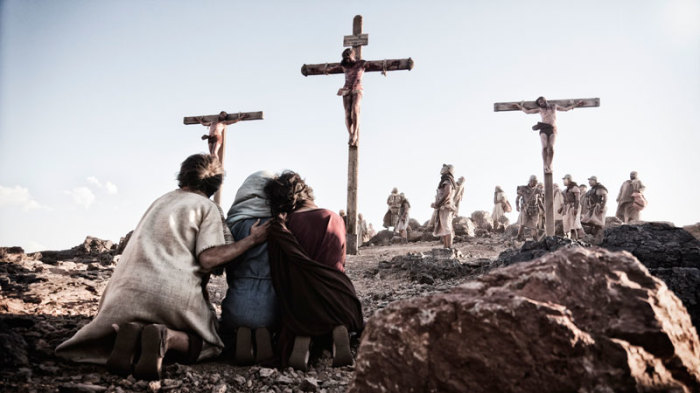Archaeologists Claim Discovery of Site of Jesus Christ's Trial by King Herod in Jerusalem

Archaeologists have claimed that an excavated building in Jerusalem's Old City could very well be the site of Jesus Christ's trial by King Herod before He was crucified.
The Washington Post reported on Sunday that the discovery was made following a dig that started 15 years ago beneath an abandoned building close to the Tower of David Museum in Jerusalem.
The building had in past centuries been used as a prison by the Ottoman Empire, but according to Amit Re'em, the Jerusalem district archaeologist who led the excavation, it could also very well be the site where Christ was trialed by Herod the Great, as found in the New Testament.
Re'em said that the site "is a great part of the ancient puzzle of Jerusalem and shows the history of this city in a very unique and clear way."
Yisca Harani, an expert on Christianity and pilgrimage to the Holy Land, said, "For those Christians who care about accuracy in regards to historical facts, this is very forceful."
He added, "For others, however, those who come for the general mental exercise of being in Jerusalem, they don't care as long as [their journey] ends in Golgotha — the site of the Crucifixion."
The building has also produced a number of other significant archaeological discoveries, including symbols carved in walls by Jewish resistance fighters in 1940s, and basins believed to be from the era of the Crusades to the Middle East. An ancient underground sewage system also discovered there is thought to have underpinned the palace build by Herod, who ruled Judea under the Roman empire during Jesus' time.
Christian leaders and historians have debated the exact site of Jesus' trial, as some readings of the Bible suggest that Jesus was brought before Pilate in a "praetorium," a Latin term for a general's tent. Academics say this word could have described military barracks, or indeed the palace built by Herod.
The WP noted that most historians agree that Herod's palace was built in the western side of Jerusalem, close to the Tower Museum.
Shimon Gibson, an archaeology professor at the University of North Carolina at Charlotte, noted that the Gospel of John describes the trial as taking place near a gate and on a bumpy stone pavement, which is compatible with archaeological finds at the site.
"There is, of course, no inscription stating it happened here, but everything — archaeological, historical and Gospel accounts — all falls into place and makes sense," Gibson said.
Catholic group the Legions of Christ claimed another notable discovery in late December, when it said that an uncovered first-century synagogue in the ancient town of Magdala could have been one of the places where Christ preached to the people.
"This is the first synagogue ever excavated where Jesus walked and preached," Father Eamon Kelly said.
The town of Madgala is also believed to be the home of Mary Magdalene, known as one of Jesus' female disciples. The ancient synagogue was unearthed after the Catholic group began excavations of plots of land planned to be used to build a pilgrims' hotel, inter-faith chapel, a restaurant and a women's shelter.




























